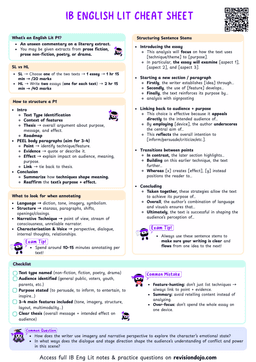Real Analysis Comes From Linking
- Ever written ‘the writer uses a metaphor to show sadness’ and wondered if it's enough? It's not.
- Anyone can spot a metaphor.
- But great analysis shows you get how it works with other techniques to hit the reader harder.
That's called linking, and is what examiners want to see.
No Technique Works Alone
Linking
When you analyze two or more techniques in the same quote or moment, and explain how they interact to shape mood, tone, character, or theme.
- Just like you can’t build a house with only steel or only wood, a writer doesn’t rely on a single device to shape meaning.
- They combine tools: diction, syntax, imagery, structure on purpose, layering them to guide how the reader feels, thinks, and responds.
- This is the skill of linking techniques:
- Connecting two or more features: surface, suggestive, structural, or layered, into a single, unified point that explains how they shape meaning.
“The writer uses metahor to show sadness.”
- This is basic.
- You're just scratching the surface and saying what's obvious.
If you write:
“The metaphor is reinforced by long, flowing syntax, which slows the pace and draws the reader deeper into the speaker’s sorrow.”
- This analysis is layered.
- You identify the devices but more importantly, touch on how they elevate each other.
How to Link Techniques
- Let's work with the following example.
- An op-ed published by The Lowry Institute on streamer iShowSpeed's visit to China in May, 2025.

1. Spot Two or More Techniques in the Same Moment
- Start small, look at the headline, image, and text.
- Then, think in categories:
- Surface: diction, tone, visual colour, image choice


